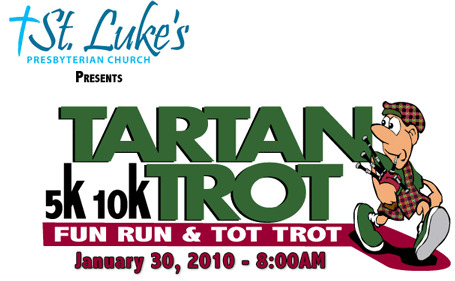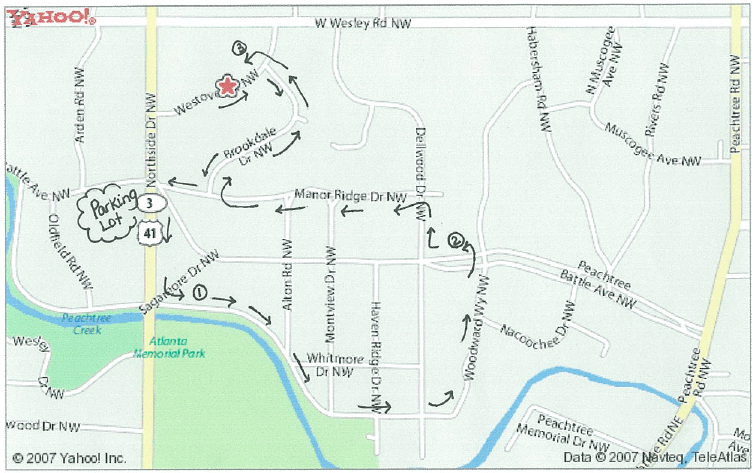From a Running Times online article…
Pressed for Time?
What to run when your training time is slashed
By Mackenzie Lobby
As featured in the Web Only issue of Running Times Magazine
For the competitive runner, daily runs are not simply a means to an end; without them, normal sleeping, eating, socializing, and working patterns can suffer. You depend on the daily run, not only to log PRs, but also to help maintain a precious balance in life.
Unfortunately, balance cannot always be achieved. The scales tip, life steps in, and you are faced with the dreaded circumstance: a hiatus from your usual mileage, perhaps for many weeks, because of an unavoidable work commitment, a family health situation, lack of child care, etc. Fortunately, even several weeks away from regular training does not necessarily equate into loads of lost fitness, if you properly structure your more-limited training time.Run #1: Go Long
The long run is a staple in most runners’ weeks, and, as much as possible, shouldn’t be scrapped even when the number of days per week you can run diminish. The benefits of long runs—increased capillary density, improved ability to use fat as a fuel at a solid pace, biomechanical endurance, and more—will go a long way toward keeping you able to resume your regular training when things return to normal. (And don’t discount the value of time alone to think or to run with friends when under a lot of stress.) If you must cut your normal long run short, follow the lead of Giannoble, who says, “Typically I try to do a two-hour long run, but when you’re pressed for time you squeeze that down and make it a little more high-quality.”
Run #2: Go Fast
To maintain your high-end fitness, do short intervals at between 3K and 5K race pace. In addition to working on your VO2 max and running economy, these workouts will help you to maintain fast-running form for when you can return to normal training. Rea suggests repeats of 300m or 400m, but don’t worry about precise distances if getting to a track is going to cut into suddenly short training time. Instead, head out on one of your regular loops and, after a brief warm-up, do 8-12 surges at 3K to 5K effort level, leaving enough time at the end for a short cooldown. If anything, the run will take a little less time than just covering the course at a moderate pace.
Run #3: Go Longish and Fastish
“Of those three workouts, definitely the tempo/lactate threshold is the one I prioritize. All the research shows that’s the most important workout in terms of increasing and keeping your fitness,” says Giannoble. He suggests going “90% of max heart rate or 10K to half marathon pace, depending on how far you’re going.” More specifically, tempo runs/lactate-threshold workouts help the body more efficiently use lactate, allowing you to runner faster, longer. Training near that threshold improves the capacity of the heart muscle’s pumping abilities, as well as improving the blood supply and the ability to more efficiently disseminate lactate within the muscles. Again, don’t worry about getting to a track. Warm up, then run for 20 or so minutes at a pace you feel like you could sustain for 60 to 75 minutes, and finish with a brief cooldown.
All Other Runs: Go Easy
If your truncated schedule allows you to get in more than three runs, make the rest of them short and easy to preserve your time and energy for the big three above.
Obviously, you’re never going to run your best if you always follow this sort of schedule. As Rea says, “Nothing replaces running like running. Even easy runs go a long way towards developing strength of connective tissue and improving aerobic conditioning. But in the absence of being able to put those days in, at least over a short period of time, you’re better off getting in the harder days, and the recovery days are simply off days.”
In Giannoble’s busy months, he looks forward to the increased rest days because he finds it makes him fresher on the running days. “It’s amazing when you’re not running every day, you can recover a ton. Interestingly enough, I found that I could actually increase my intensity during my workout days because I wouldn’t run at all on my recovery days.”
This is good news, whether you’re a CPA during tax-season, a politician during an election, a parent during those weeks between summer camps, a small business owner working double time in a down economy, or a physician in an understaffed ER. Bringing home the bacon and taking care of your family sometimes translates into a loss of mileage. When something’s got to give, rely on quality, rather than quantity, to get you through.















